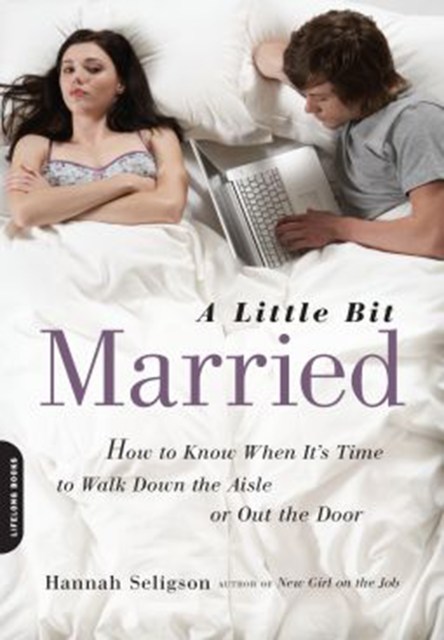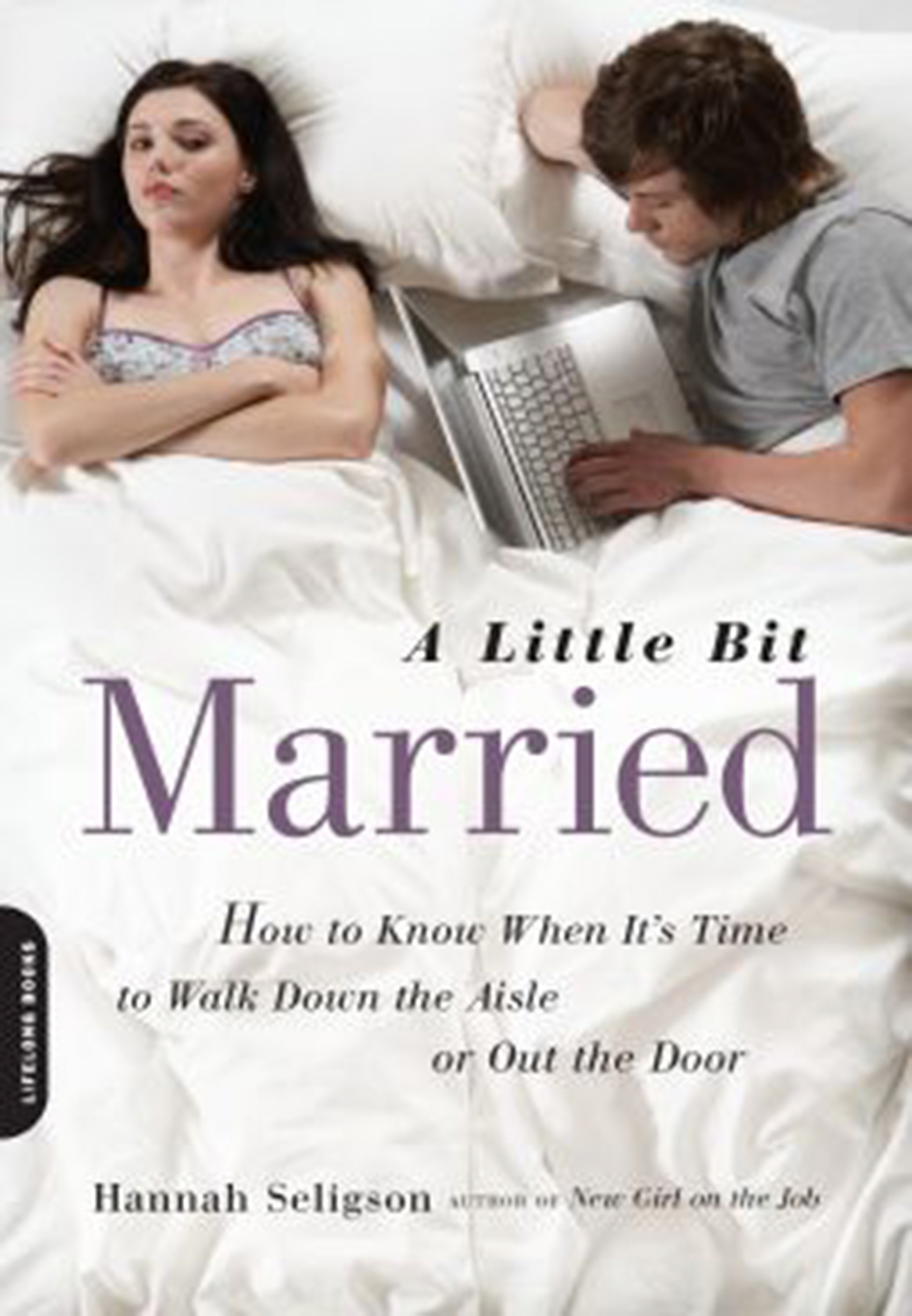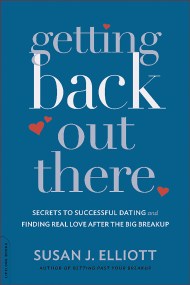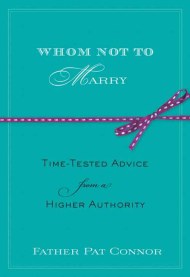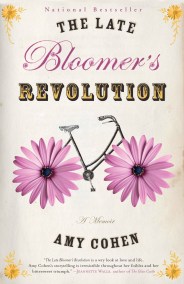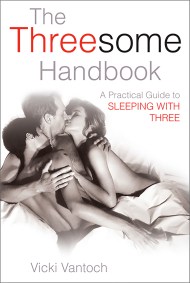Promotion
Use code MOM24 for 20% off site wide + free shipping over $45
A Little Bit Married
How to Know When It's Time to Walk Down the Aisle or Out the Door
Contributors
Formats and Prices
Price
$9.99Price
$12.99 CADFormat
Format:
ebook $9.99 $12.99 CADThis item is a preorder. Your payment method will be charged immediately, and the product is expected to ship on or around December 29, 2009. This date is subject to change due to shipping delays beyond our control.
Also available from:
Quiz: Are You “A Little Bit Married”?
We’ve been dating for more than a year.
I talk on the phone with his parents.
We go on vacations with each other’s families.
We’re planning to live together (or already do).
I often wonder, “Where is this going?”
Do I just wait around? How can I be sure this person is really “The One”? If this sounds familiar, you are not alone. It’s the dawning of an age when we’re not in any hurry to reach the milestones—house, spouse, and kids—that once marked adulthood, although we’d like to get there . . . soon.
In this practical, no-holds-barred guide, Hannah Seligson delivers an eye-opening look at why serial long-term relationships have become the new romantic rite of passage. From making life-changing sacrifices for your partner to dealing with doubts, Seligson explains how to make the most of this ambiguous state, including:
• What are the signs s/he’s ready for long-term commitment?
• How do you make decisions about careers, cohabitation, and religion when there isn’t a ring?
• What’s the best way to mention the “M” word to a commitment-phobe?
• How long should you stay A Little Bit Married before tying the knot . . . or moving on?
Combining expert advice with compelling anecdotes, A Little Bit Married will provide you with the roadmap you need to survive the life stage post–“Let’s Do It!” and pre–“I Do.”
We’ve been dating for more than a year.
I talk on the phone with his parents.
We go on vacations with each other’s families.
We’re planning to live together (or already do).
I often wonder, “Where is this going?”
Do I just wait around? How can I be sure this person is really “The One”? If this sounds familiar, you are not alone. It’s the dawning of an age when we’re not in any hurry to reach the milestones—house, spouse, and kids—that once marked adulthood, although we’d like to get there . . . soon.
In this practical, no-holds-barred guide, Hannah Seligson delivers an eye-opening look at why serial long-term relationships have become the new romantic rite of passage. From making life-changing sacrifices for your partner to dealing with doubts, Seligson explains how to make the most of this ambiguous state, including:
• What are the signs s/he’s ready for long-term commitment?
• How do you make decisions about careers, cohabitation, and religion when there isn’t a ring?
• What’s the best way to mention the “M” word to a commitment-phobe?
• How long should you stay A Little Bit Married before tying the knot . . . or moving on?
Combining expert advice with compelling anecdotes, A Little Bit Married will provide you with the roadmap you need to survive the life stage post–“Let’s Do It!” and pre–“I Do.”
Genre:
- On Sale
- Dec 29, 2009
- Page Count
- 352 pages
- Publisher
- Da Capo Lifelong Books
- ISBN-13
- 9780738214511
Newsletter Signup
By clicking ‘Sign Up,’ I acknowledge that I have read and agree to Hachette Book Group’s Privacy Policy and Terms of Use
